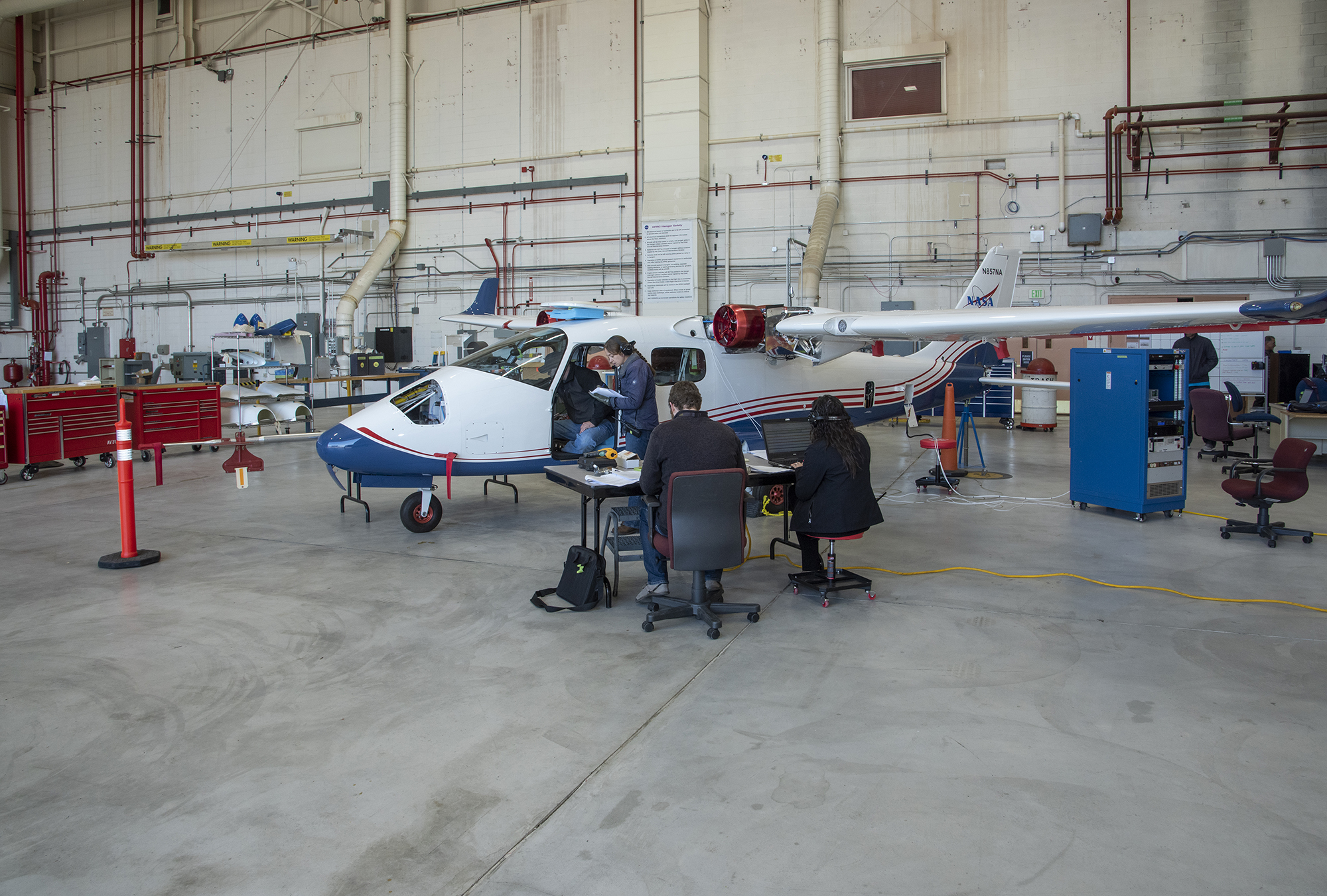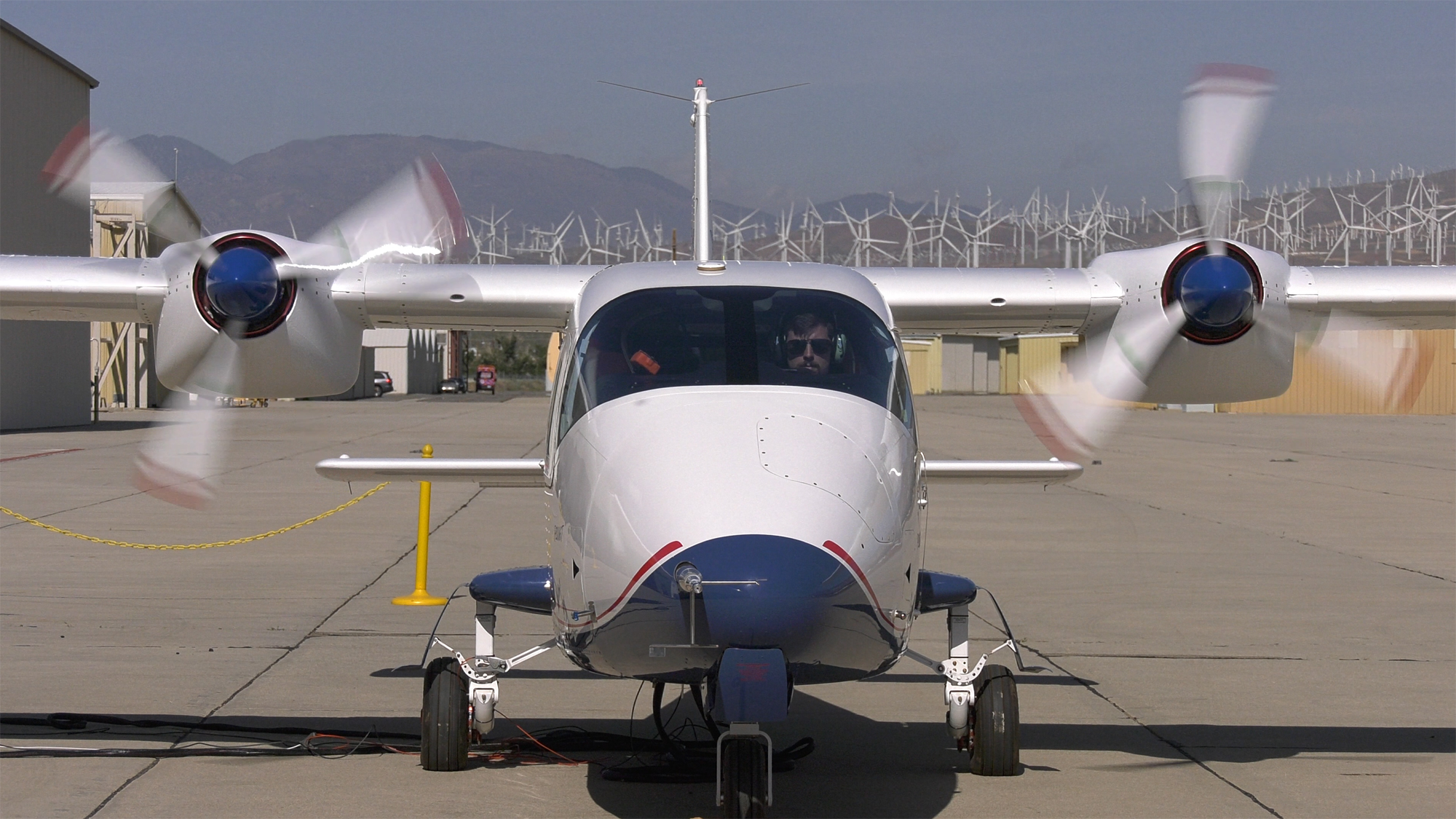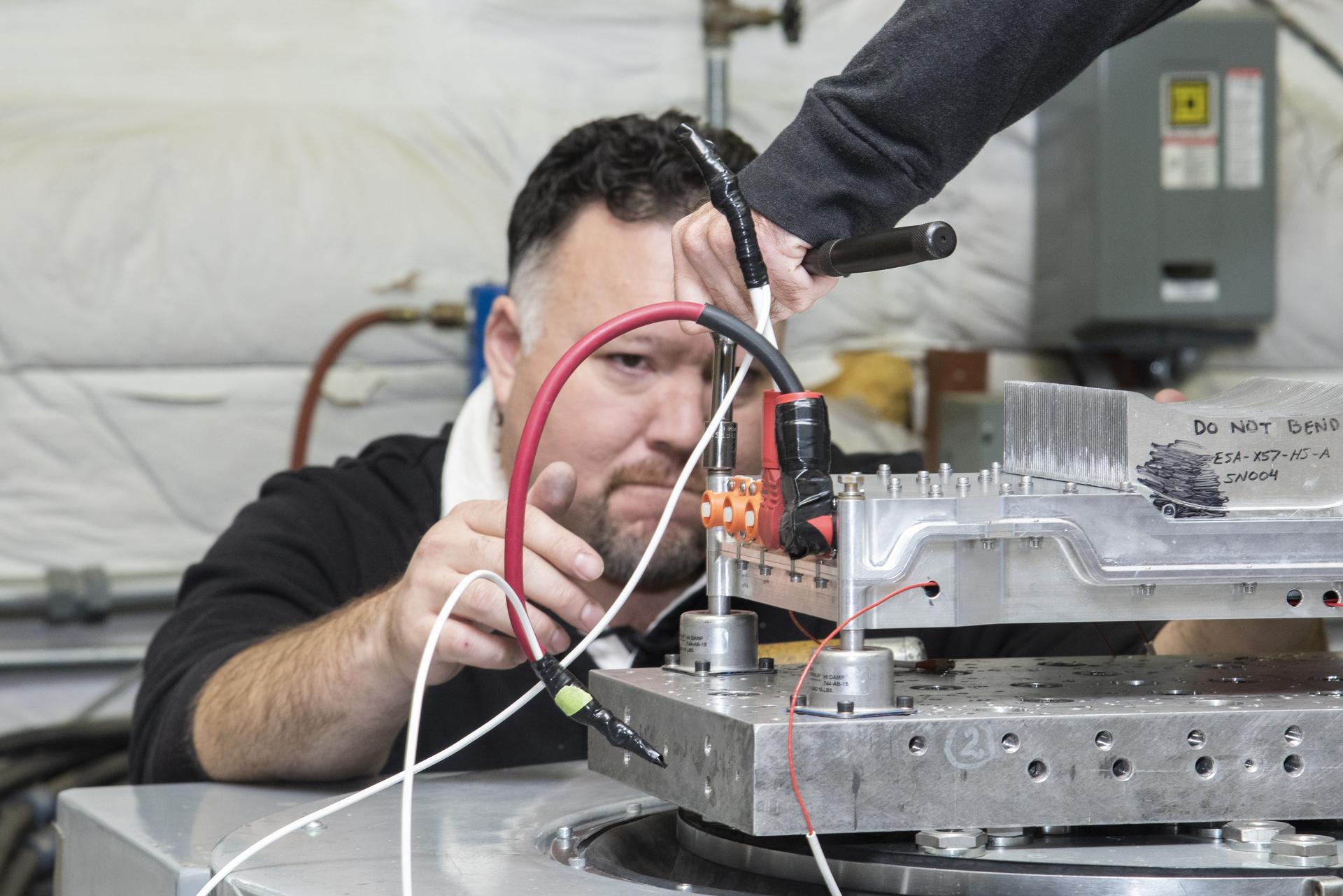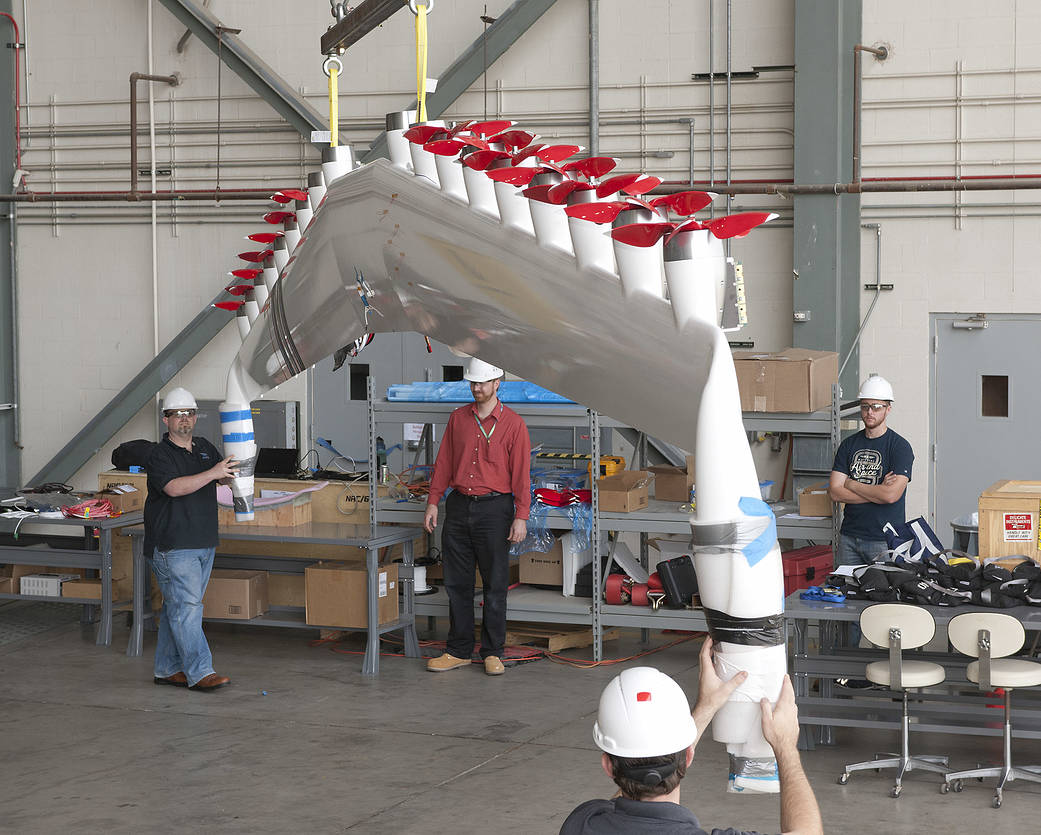🚀 The Future of Electric Planes: NASA’s X-57 Maxwell ✈️🔋
🚀 Introduction: The Rise of Electric Planes
Imagine stepping onto a plane that doesn’t burn fuel, makes little noise, and produces zero emissions. This vision is becoming a reality with electric aircraft, and NASA’s X-57 Maxwell is leading the charge toward a sustainable future in aviation.
Traditional planes rely on fossil fuels, contributing to global emissions and high operating costs. However, NASA’s all-electric X-57 Maxwell is proving that the future of air travel can be cleaner, quieter, and more efficient.
So, how does this revolutionary aircraft work, and what does it mean for the future of aviation? Let’s find out!
⚡ What is NASA’s X-57 Maxwell?
The X-57 Maxwell is NASA’s first fully electric experimental aircraft (X-plane). Unlike traditional planes that rely on jet fuel, the X-57 is powered by electric motors, making it:
✅ Zero-emission – No greenhouse gases or air pollution.
✅ Quieter – Reduced engine noise for a better passenger experience.
✅ Energy-efficient – Uses electricity instead of expensive aviation fuel.
✅ Aerodynamically optimized – Designed to maximize electric propulsion.
This aircraft is part of NASA’s Sustainable Flight Initiative, which aims to develop cleaner, more efficient aviation technologies.
🔬 How Does the X-57 Maxwell Work?
NASA’s X-57 is based on a modified Tecnam P2006T aircraft, but instead of fuel-burning engines, it features:
✈️ 14 Electric Motors:
🔹 12 small motors along the wings for takeoff & landing.
🔹 2 large motors on the wingtips for cruise flight.
🔋 Lithium-Ion Batteries:
🔹 Store and supply electric power to the motors.
🔹 Designed for lightweight, long-duration flights.
💨 Distributed Electric Propulsion (DEP):
🔹 Motors are strategically placed to improve lift and efficiency.
🔹 Smaller wings reduce drag, increasing range and battery life.
NASA expects the X-57 to be 500% more efficient than traditional aircraft of similar size!
🌍 Why Electric Planes Matter: The Sustainability Factor
The aviation industry contributes 2-3% of global CO₂ emissions, making sustainable alternatives a priority. Electric planes like the X-57 Maxwell can:
✔ Eliminate greenhouse gas emissions for eco-friendly travel.
✔ Reduce operational costs by cutting fuel expenses.
✔ Lower noise pollution around airports and urban areas.
✔ Encourage future development of larger electric aircraft.
If widely adopted, electric aviation could revolutionize both short-haul and long-haul travel!
🔋 Challenges of Electric Aircraft Development
While electric planes are promising, they still face technological and regulatory hurdles:
🚀 Battery Limitations – Current lithium-ion batteries can’t store enough energy for long-haul flights.
🛫 Infrastructure Gaps – Airports need charging stations and electric support systems.
📏 Weight vs. Efficiency – Batteries are heavier than jet fuel, limiting aircraft range.
💰 Investment Costs – Airlines must invest in new fleets and training pilots for electric aircraft.
NASA is actively researching advanced batteries, aerodynamics, and hybrid solutions to overcome these challenges.
🔭 The Future of Electric Aviation: What’s Next?
NASA’s X-57 Maxwell is just the beginning of electric aviation! Here’s what’s coming next:
🔹 Larger Electric Aircraft – Companies like Airbus and Boeing are exploring electric-powered commercial planes.
🔹 Hydrogen-Electric Hybrids – Combining electric motors with hydrogen fuel cells for longer-range flights.
🔹 Urban Air Mobility (UAM) – Electric air taxis for short-distance urban flights.
🔹 High-Density Batteries – Lighter, more powerful energy storage for long-haul flights.
The goal? Net-zero carbon aviation by 2050! 🌱✈️
🔍 FAQs: NASA’s X-57 Maxwell & Electric Aviation
1. When will electric planes become commercially available?
Small electric aircraft may enter the market by 2030, with larger models expected by 2040-2050.
2. How far can electric planes fly?
Current battery technology limits flights to short-haul routes (~300-500 miles), but future advances will extend this range.
3. Will electric planes be cheaper than traditional jets?
Yes! Lower fuel costs & maintenance make electric aviation more affordable in the long run.
4. How does the X-57 Maxwell differ from hybrid-electric planes?
The X-57 is fully electric, while hybrid-electric planes still use some conventional fuel alongside electric motors.
5. What’s next for NASA in electric aviation?
NASA is working on high-powered batteries, sustainable flight infrastructure, and AI-driven electric aircraft!
📢 Join the Conversation!
🌍 Do you think electric planes will replace traditional aircraft? Share your thoughts in the comments!
📲 Share this post on Twitter, Facebook, or LinkedIn using #ElectricAviation #NASA #FutureOfFlight.
🔗 Related Posts:















0 comments:
Post a Comment